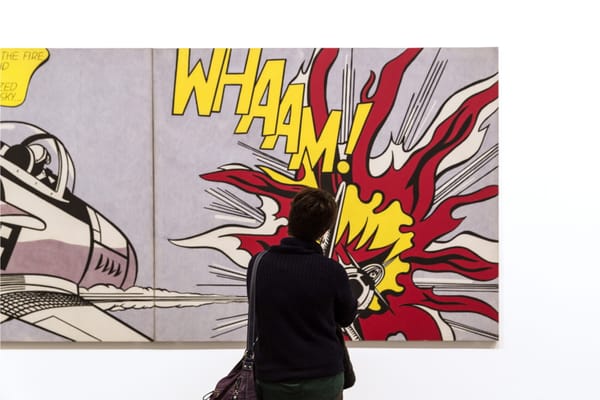The Art Industry’s Unpaid Internship Problem: Exploitation or Opportunity?
Unpaid internships remain a deep-rooted issue in the arts, shutting out young professionals from working-class backgrounds. Is the industry ready to change?

The art world is built on prestige, passion, and cultural legacy. But beneath its glamorous facade, an uncomfortable reality persists: unpaid internships remain an entrenched practice, systematically shutting out young people from working-class backgrounds. Despite mounting criticism and legal scrutiny, many arts institutions still rely on unpaid labor, forcing aspiring professionals to “pay their dues” with free work—a cost many cannot afford.
A recent industry analysis reveals that 86% of internships in the UK’s creative sector remain unpaid, with many offering little more than vague promises of “exposure” and networking opportunities. While the law mandates fair pay for work that directly contributes to a company’s bottom line, loopholes in employment regulations continue to be exploited—especially in cash-strapped museums, galleries, and auction houses.
For decades, unpaid internships have been regarded as a rite of passage in the art world, a way to gain experience and build industry connections. But critics argue that this system perpetuates elitism, creating an environment where only those with financial support can afford to take these roles. This “two-tier system” effectively locks out talented individuals from working-class backgrounds, reinforcing a cycle where leadership in the arts remains dominated by those with private education and inherited wealth.
The consequences go beyond just paychecks. A lack of socioeconomic diversity stifles creativity and innovation in an industry that prides itself on cultural representation. If only the privileged can access opportunities, then who gets to shape the future of the art world?
Government reforms have been proposed to ban unpaid internships, except when tied to formal education programs, but enforcement remains unclear. Industry watchdogs call for tighter regulations, penalties for exploitative practices, and a fundamental shift in how the sector values entry-level work. Until then, the burden remains on young professionals to navigate an unfair landscape—one that often demands financial sacrifice before offering a foot in the door.
As institutions continue to rely on unpaid labor, the question looms: Will the art world finally address its accessibility crisis, or will it remain an exclusive playground for those who can afford to work for free?
ART Walkway News





